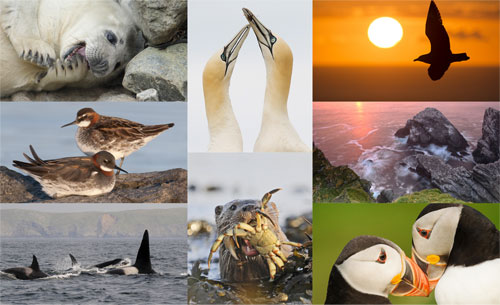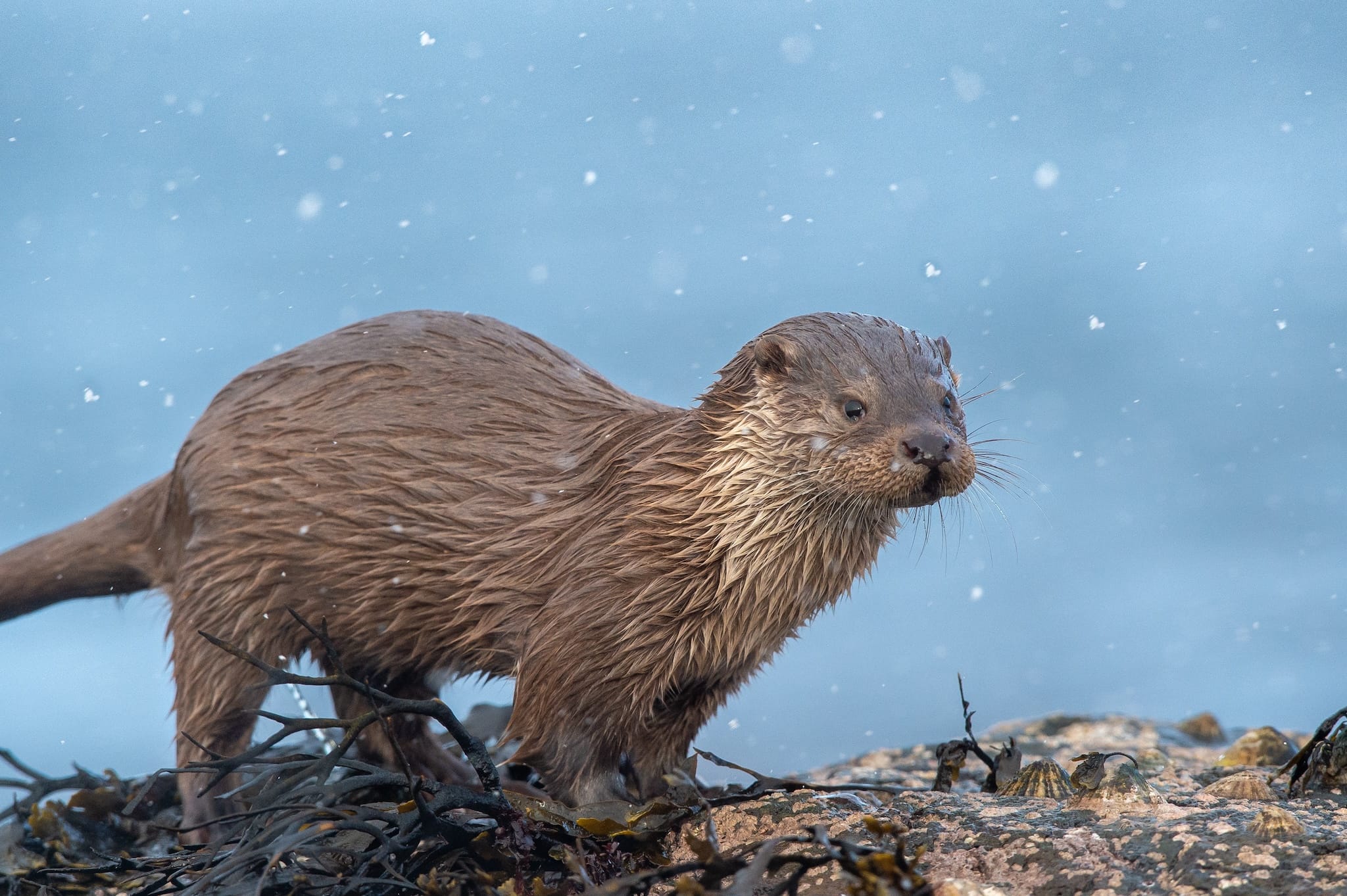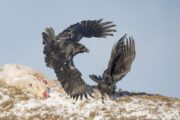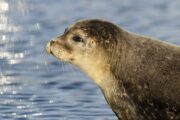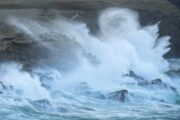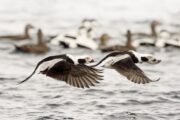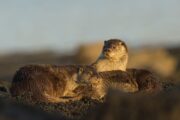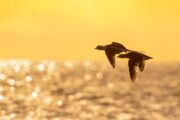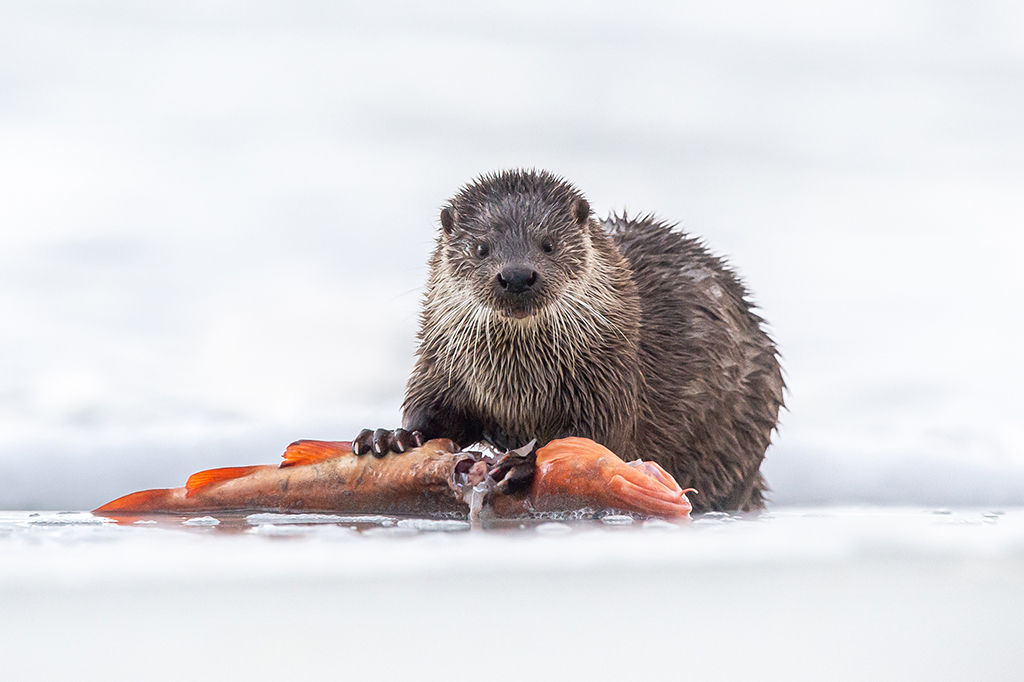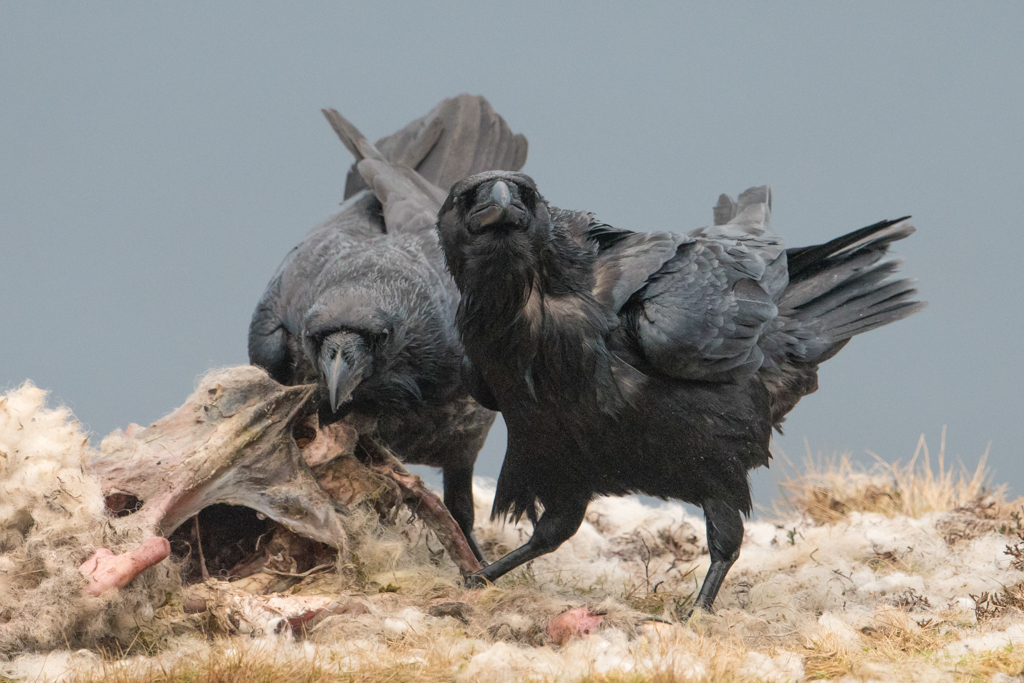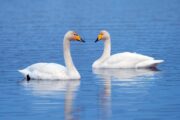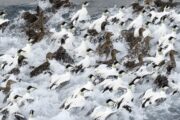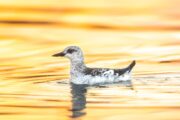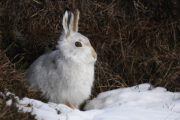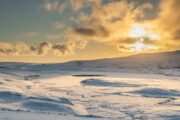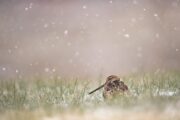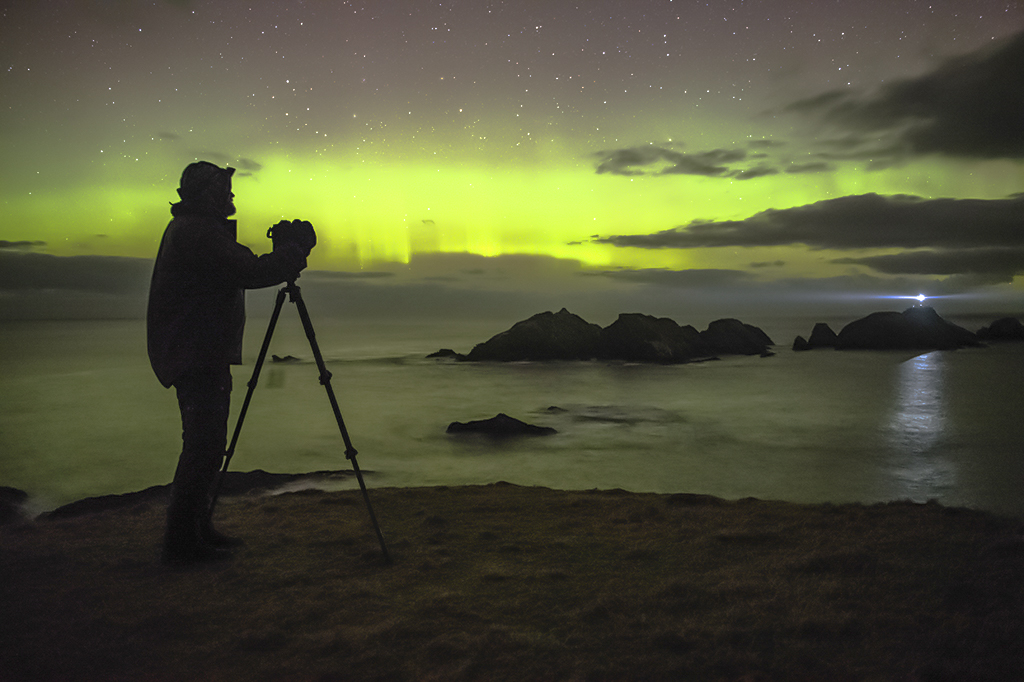Shetland Winter Wildlife Photography
Overview of target species
- Otter families – mums with cubs
- Common Raven – from purpose-built hides
- Common Seal – from purpose-built hides
- Long-tailed & Eider Ducks – exclusive boat charter
When thinking of a visit to the Shetland Islands, the magic of spring and summer are what attract most. Winter however, is a very special time here. Though the weather can at times be wild and even, unforgiving, it can also be settled and serene. On clear days the light is stunning with the winter sun never rising any higher than the ‘golden hour glow’ that in summer, we need to work rather unsociable hours to enjoy! In contrast during stormy weather the coast can be just as awe inspiring with dramatic seas pounding the coast.
Throughout the British Isles, Shetland is particularly associated with the very northern and even, Sub-Arctic theme to our wildlife, and in winter this is particularly prevalent. Though most of our breeding birds have long departed for more settled climes, there are plentiful opportunities with those that remain, and indeed especially with those that arrive from further north.
With the diversity of species lower, the days shorter and indeed the weather even less predictable, we make the most of every species and every moment in the field. Focusing more on less species means we offer a wider range of opportunities with Shetland’s iconic specialties in this unique winter itinerary.
The itinerary and headline acts
The day-to-day itinerary will remain flexible so as we make the very best of our time in the field, to suit weather and light. The following species and assignments will be our focus throughout the tour.
Otters: between late autumn and late winter is by far our favourite time of year to work on Otters. This is the period when there is highest density of young families. The younger the cubs, the more attention they tend to need, so the busier the mum needs to be to provision them and herself with enough prey during the shorter period of daylight, when they need to do the majority of their foraging. With their foraging periods condensed into the shorter days they tend to be that bit more predictable and so we can spend longer with them. This is particularly special as young cubs are especially dependent on mum and playful with their siblings, which offers such exhilarating and endearing photo opportunities.
Sea Ducks: Large congregations of Long-tailed Duck gather to winter here, forming spectacular flocks of well over 1,000 birds in some areas- the largest flocks in Britain. Alongside these resident Eider populations come together to form their winter rafts which too can be found in even bigger flocks. The sight and sound of these charismatic sea ducks can be truly breathtaking and for the birders, there is always a good chance of a vagrant King Eider wintering amongst our ‘commoners’. We visit these spectacular gatherings by boat, in a backdrop of the beautiful Bluemull Sound, the channel of water that separate Unst, Yell and Fetlar. This is by far our favourite shooting location of the winter, particularly when there is always the tantalising possibility of Orca or Humpback, which both feature each winter- with good conditions and a bit of luck, we keep our fingers crossed.
Common Raven: as beautiful as they are iconic, the Raven generally tends to be a shy bird, rarely allowing good photo opportunities. During the winter they regularly congregate in large flocks, often well into double figures when a food source is found. Capitalising on this we set up hides where they gather to feed on sheep carcass which during the winter months are generally not hard to find out on the higher ground of the hills and moorland. This offers some unique photo opportunities, particularly their fascinating social interactions from the domineering prowess of the adults, to whom the juveniles bow submissively and of course fights that often break out.
Other species & assignments
We may also spend time working on other seasonal species such as Turnstone and Purple Sandpiper along the shores as well as possibilities with Whooper Swan, Red-Breasted Merganser and other wildfowl. On the Shetland Mainland there are opportunities to target Mountain Hare and Red Grouse whilst in and around Lerwick harbour, we can enjoy some more urbanised imagery of Grey Seals, ‘white-winged’ gulls – namely Iceland and Glaucous along with Black Guillemot.
Lastly, but by no means least, we may turn the lens to the landscape, particularly should a sunrise or sunset should the cloud cover allow. Often, when conditions are right these can be the most spectacular skies of the year. Similarly speaking in regards to visibility, there is always a decent chance of the Aurora Borealis, known locally as the mirri dancers. We keep a weather eye on the forecast and online for any alerts and our fingers crossed.
Tour details
This assignment is designed to be competitively priced for an ‘out of season’ tour, yet with an exciting and action packed itinerary, without compromise on content and value and in such a way that we take care of all your logistics from arrival to departure.
The tour includes the following; transport, ferry fares (within Shetland), transfers to and from airport/ferry as well as all hides, boat charter and guiding fees. As a five-day tour and includes six nights’ accommodation on a self-catered basis and and takes away the need to book a hire car.
Costs: The starting baseline price as a one-to-one = £3,250, or if booked for two photographers £1,825pp
Accommodation and logistics: this tour is booked on a self-catered basis, using one of our idyllically chosen properties where the location, view and cozy comfort add to the overall experience.
It can also be booked at a guest house with all meals provided. Please ask for details and costs on this option.
Contact us for details, dates and costs.




